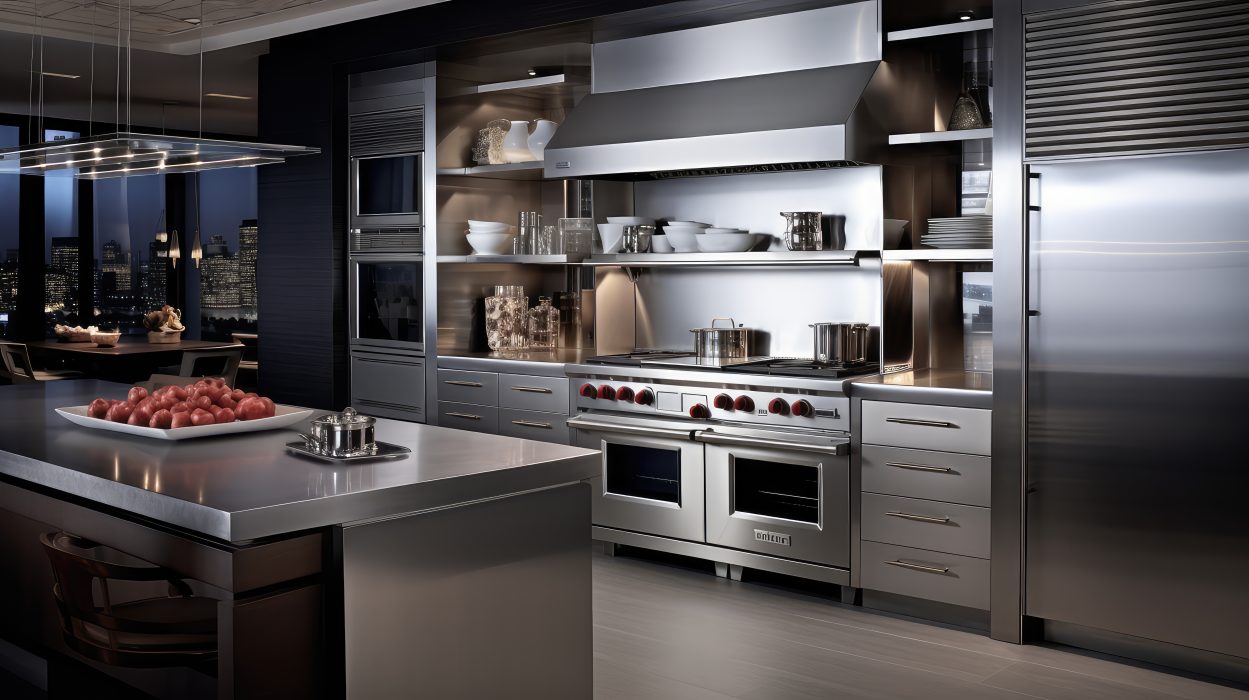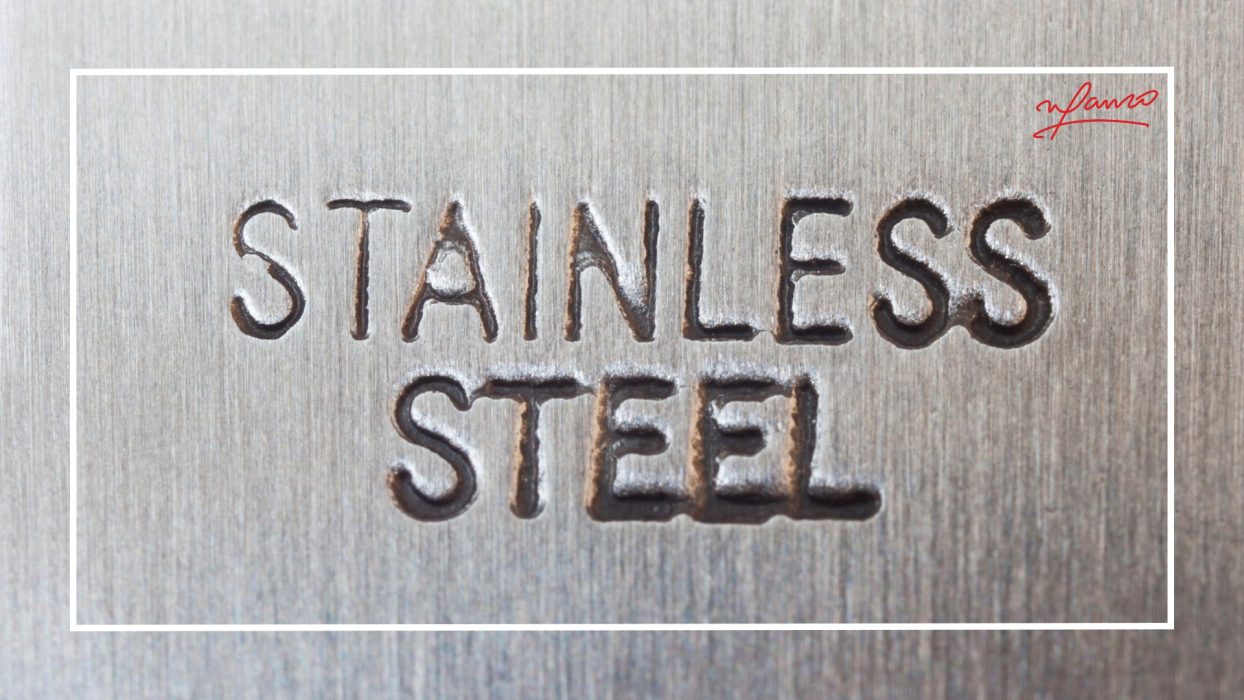Food plants run on predictability. Surfaces must resist corrosion, clean fast, and pass inspection without drama. The right stainless plate choice saves hours on the line and months over the equipment life. This guide explains grade selection, finish, fabrication, and documentation so your specification is clear and your audits go smoothly.
Choose the plate grade that fits your process
Food contact starts with a stable, cleanable surface. For most equipment the safe picks are austenitic grades.
-
304 for general washdown areas with mild cleaners and low chloride exposure
-
316 or 316L for brine, acids, and frequent sanitizer use in coastal or high chloride service
-
Duplex 2205 for added strength and resistance to stress corrosion cracking in harsh chloride conditions
-
Avoid free machining 303 on contact surfaces since sulfur additions reduce corrosion resistance
Both 304 and 316 are widely accepted for food contact. Their performance comes from corrosion resistance, chemical stability, and cleanability under repeated sanitation. AZoMfoodprotection.org
Explore sizes and supply scope on our Stainless Steel Plates page, then share your grade list for a quick check on availability.
Finish, roughness, and why Ra values matter
Smooth surfaces clean faster and harbor fewer residues. Many dairy and beverage applications target a roughness average near or below thirty two microinches which is about zero point eight micrometer. This aligns with long standing sanitary expectations for food equipment. 3-a.orgHolland Applied Technologies
What to specify
-
Finish type such as No. 1 for industrial service or No. 2B for smooth cleanable surfaces
-
For high hygiene areas use finishes that achieve Ra values in the eighteen to thirty one microinch range often called Number Four Dairy in industry guides, then confirm with profilometer checks during FAT and SAT. Mepaco
Fabrication that preserves corrosion resistance
Good steel can perform poorly if the weld and cleanup steps are rushed. Set these expectations in the RFQ.
-
Use dedicated stainless tooling to prevent carbon steel contamination
-
Back purge austenitic welds where required and control heat tint
-
Pickle and passivate after welding so the protective oxide layer is restored
-
Keep surfaces dry before welding to avoid porosity and undercut
-
Protect finished plates with films and clean handling to avoid embedded debris
Compliance, documents, and audit readiness
Auditors look for clear evidence that contact materials are suitable. One common pathway is NSF and ANSI Food Equipment Materials which defines minimum public health and sanitation requirements for materials and finishes used in commercial food equipment. Reference NSF and ANSI 51 in your purchase documents when appropriate. NSF+1
For projects that follow European guidance, the Council of Europe technical guide on metals and alloys is a useful reference for food contact safety principles and migration limits in line with Resolution CM Res 2020 9. EDQMIntertek
What to request with every shipment
-
EN 10204 type 3.1 mill test certificates with heat numbers
-
Finish declaration with measured Ra values where hygiene is critical
-
Cleaning and passivation certificate where post weld treatments were performed
Outbound reference for credibility: See NSF and ANSI Food Equipment Materials for scope and intent of material requirements in food equipment. NSF
RFQ checklist for faster quotes
Share these details and your quote will arrive clean and complete.
-
Grade and standard 304 or 316L or Duplex with ASTM or EN or IS callout
-
Thickness, width, length, and quantity
-
Finish and target roughness values
-
Weld prep, bevels, or cut to size needs
-
Documents required MTCs, finish reports, inspection notes
-
Delivery location and target date
Why teams choose Namco Industries
You get consistent chemistry control, flat plates that fit up well, and documents that clear audits. Our teams coordinate cutting, identification, and packing so receiving is simple and traceable. When you need food grade plates with reliable lead times, we make it straightforward.
Conclusion
Pick the right grade for your media, choose finishes that meet hygiene targets, and lock the documents that prove compliance. Do this and your equipment cleans easier and lasts longer. Ready to move from selection to supply
Share your requirement and contact our team for a quick consult and a precise RFQ.



